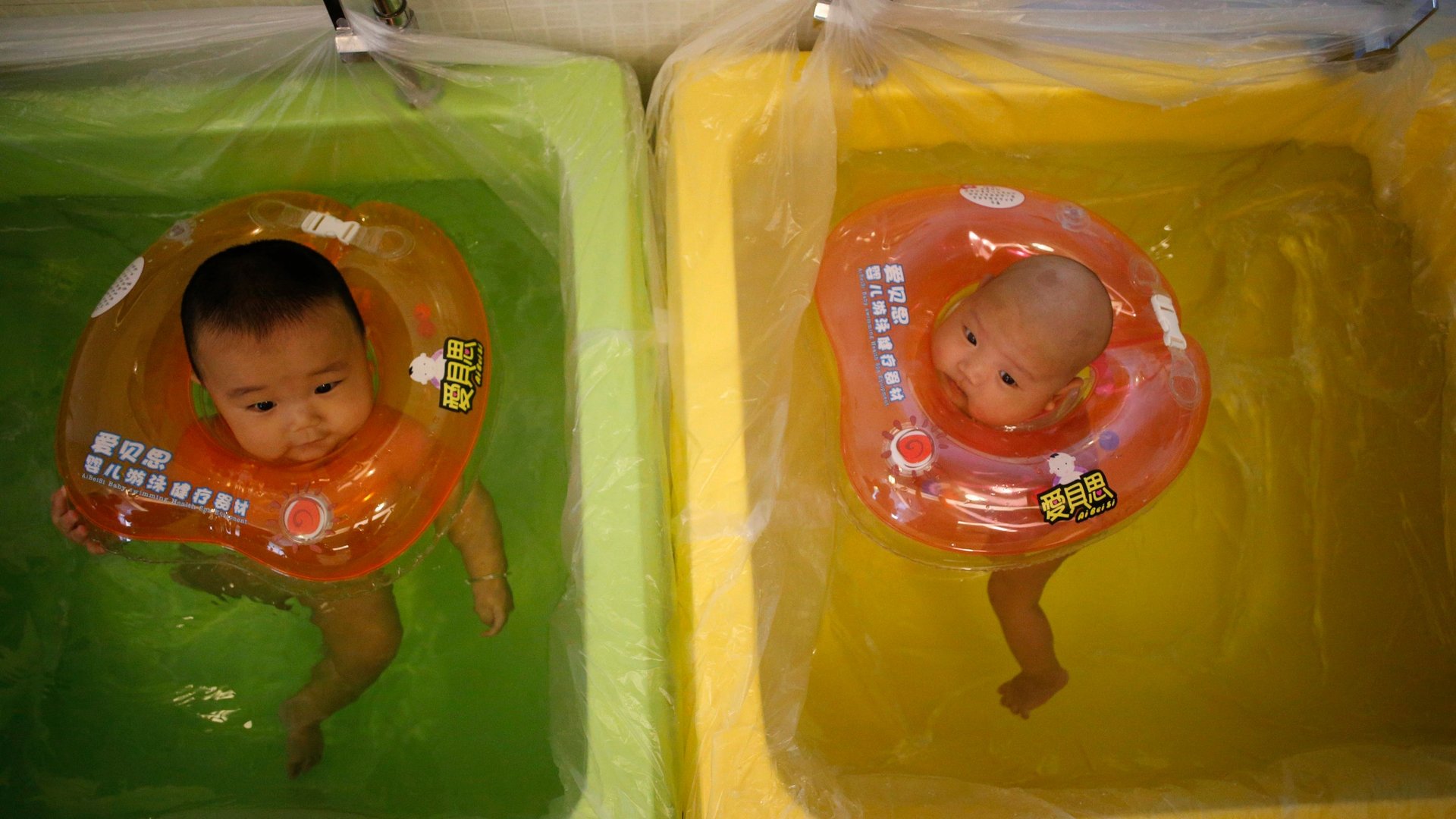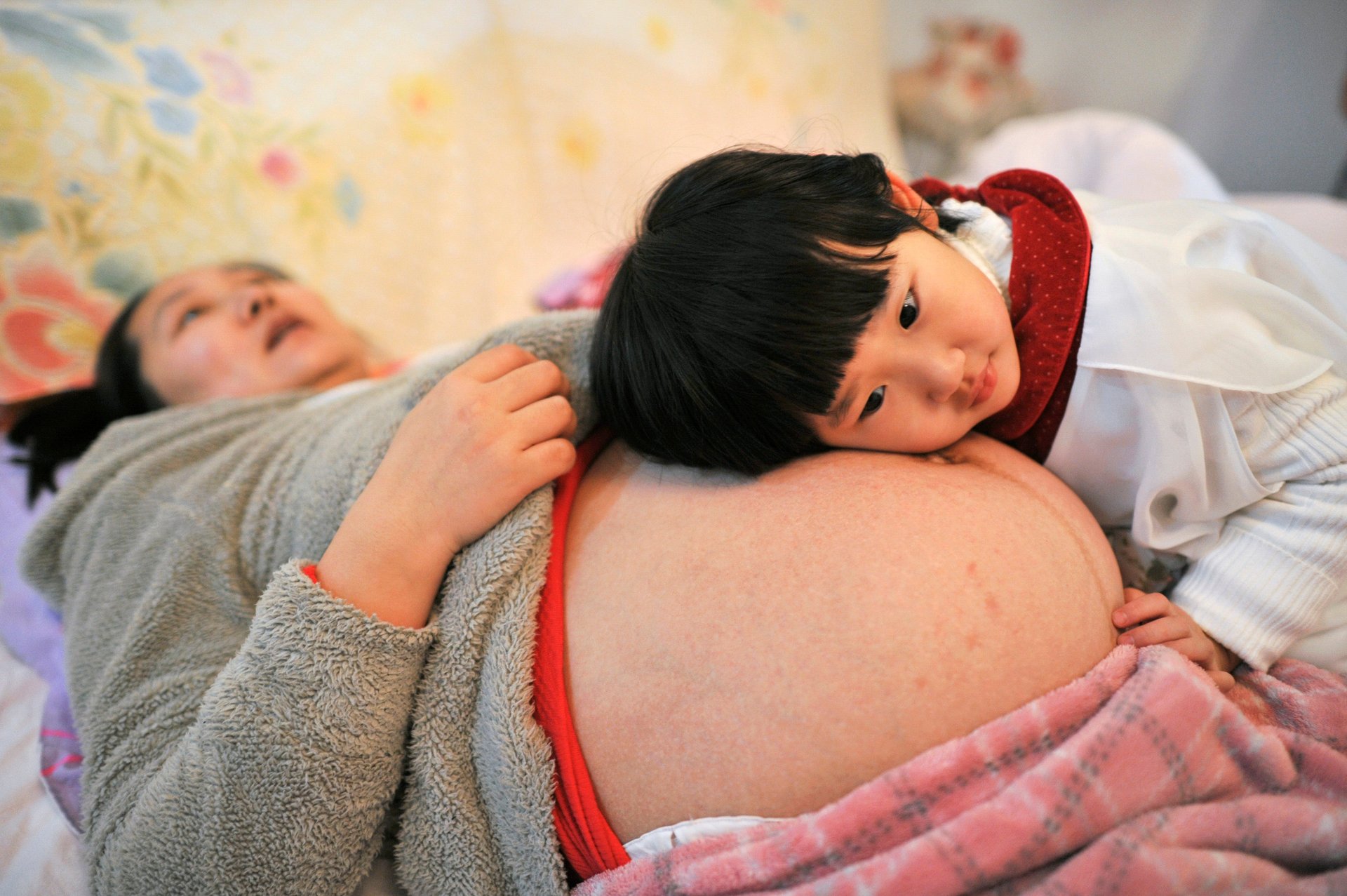20,000 Chinese babies are abducted each year—is the one-child policy to blame?
The figures in a recent BBC report on the abduction and selling of babies and children in China are shocking—even if it is happening in the world’s most populous country, with its seriously overstretched police force.


The figures in a recent BBC report on the abduction and selling of babies and children in China are shocking—even if it is happening in the world’s most populous country, with its seriously overstretched police force.
The US State Department, which monitors what countries are doing to stop human trafficking, estimates the total of abducted babies is around 20,000 children a year. That’s 400 every week—about a third of the enrolment of a typical urban primary school in China.
But the real number could be a great deal higher than that. There have been suggestions in the Chinese media that as many as 200,000 children are abducted every year. The police reject that figure —but they also claimed for years that total domestic trafficking stood at only 20,000 people per year, including adults and children. The Chinese Social Workers’ Association has insisted it was more like 50,000.
But the fact that so much time is spent arguing about which five or six-figure number is most accurate reveals the abnormality of this situation. Why is it that abducting children has become so common in China? What is it about Chinese society that drives both demand and supply in this devastating trade?
During the first three decades of Communist rule, some headway was made—even in rural China— against the tendency to prefer sons over daughters. But starting in 1979, when rural residents returned to farming, many parents and grandparents went back to relying on their sons for security in their old age, as well as for carrying on the family name.
At the same time, the one-child policy made it all the more vital for rural parents to ensure that their first child was a boy. Even when the rules were changed to allow farming couples a second child if their first was a daughter (or had a disability), the need to have a son at any cost resulted in both demand for and the supply of trafficked children. Families will buy a stolen, trafficked boy and raise him as their own. Some parents who are desperate for a son and who break family-planning rules because of multiple daughters, may end up seeing these daughters sold.
On the market

Girls fetch considerably less than boys, but there is still a market for them. Old social patterns have re-emerged in the market, like the sale of girls into a household where they will be treated not unlike servants until they and the son of the house are of age to marry.
Most abducted children are sold to new families as a form of illegal adoption, and are increasingly sold online, though some, mostly boys, are also trafficked for forced labor. I recently worked on an asylum case involving a young man forced into begging with a group of children under traffickers’ control in China. He is still so traumatized by the brutal physical punishments inflicted on the boys when they didn’t collect enough money that he can only talk about it in the third person: “they did this to the children,” never “they did this to me.”
The particular vulnerability of children left behind by parents who have migrated for work has long been recognized in China, but not all abductees or trafficking victims are left-behind children.
In many cases, a parent may have taken their eyes off their child for a few seconds only to look round and find them gone. It’s every parent’s nightmare and when it happens in the West, the situation is often quickly resolved. But in China mothers and fathers run the risk of joining the ranks of desperate parents who criss-cross the country for years in search of their missing child, plastering bus and railway stations with their picture, just like Xiao in the BBC’s report.
Time to change
The government and police in China are taking action. Their second National Action Plan to Combat Trafficking, launched in 2013 with plans to continue it though 2020, recommends widespread DNA testing to help identify the real parents of babies and children rescued from traffickers, and advocates for more efforts to help China’s growing number of street children.
Welcomed as these recommendations are, another agenda is emerging: public relations. The projects report is a relatively short document, but it nonetheless manages to mention the need for improving China’s image overseas three different times. This suggests a strong desire on the part of China to be seen doing something—and to get credit for said action in the US State Department’s annual Trafficking in Persons Report.
More could undoubtedly be done. To tackle the problem of counterfeiting, for example, sales website Alibaba employs 2,000 staff just to take down adverts for fake goods. The Chinese government could use some of its many thousands of internet-censorship personnel to do the same for advertisements selling trafficked children.
But in the longer term, as has been discussed on the sidelines of the National People’s Congress, it’s becoming increasingly clear that the one-child policy is now causing so more damage to Chinese society than benefits—and it needs to go.